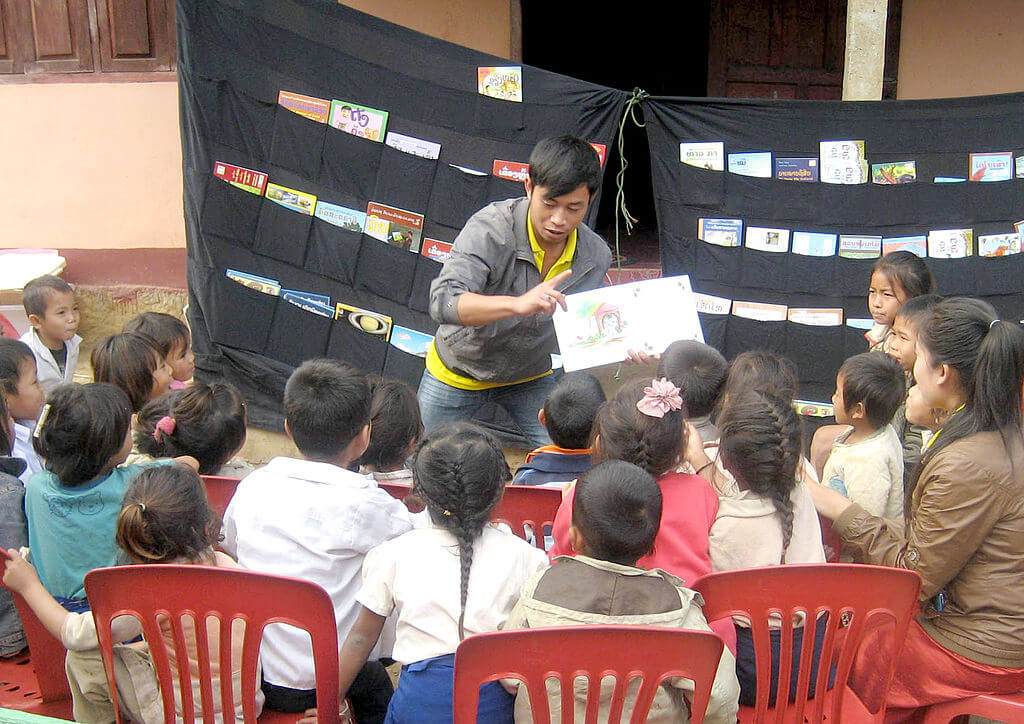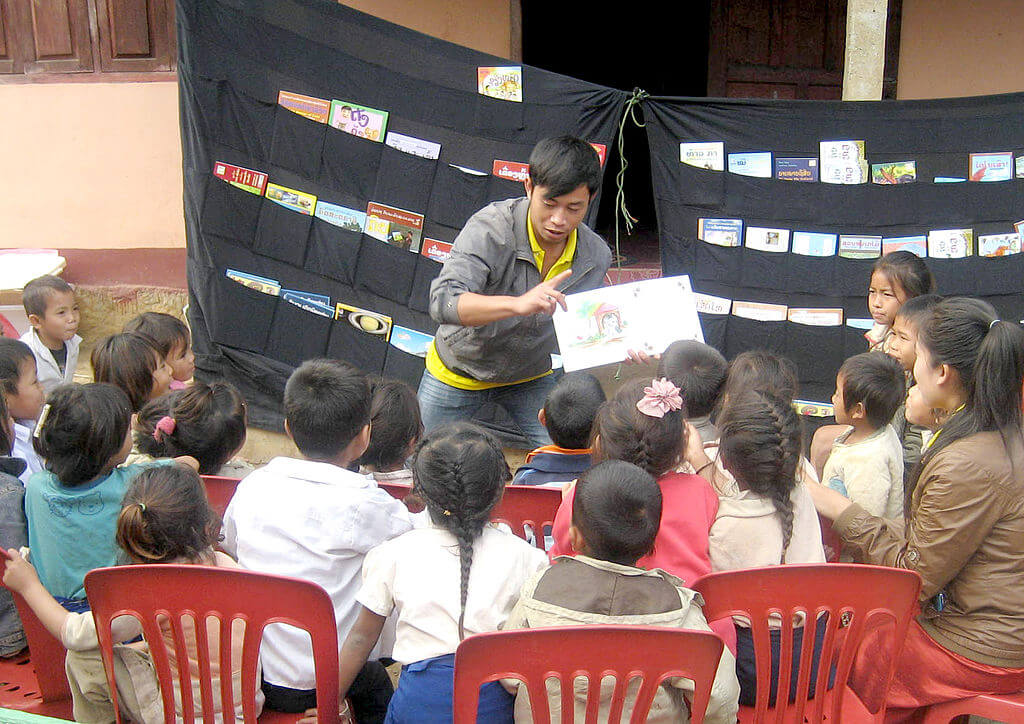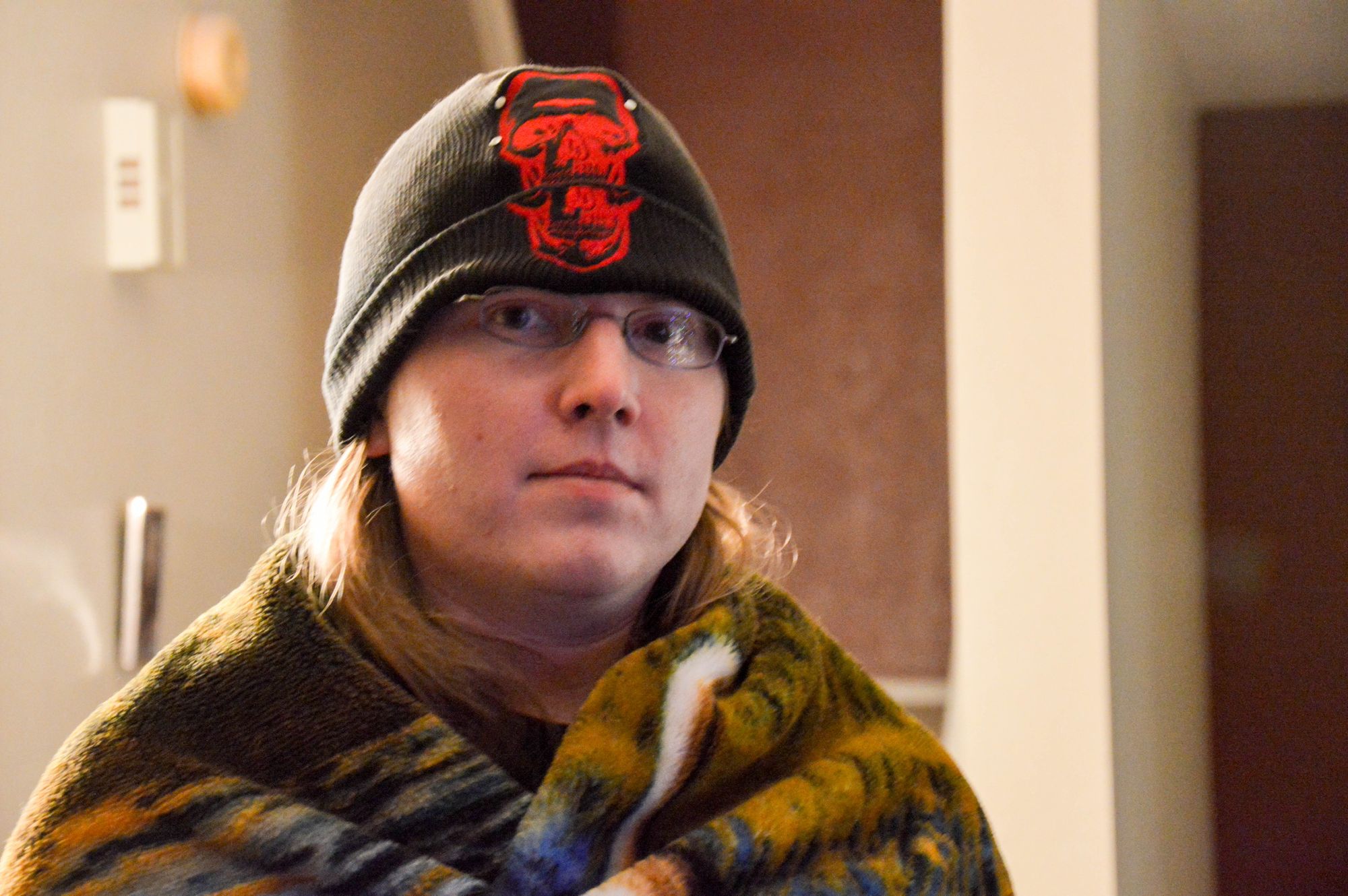Announcement (26 Aug 2017): The Read-Aloud Corner is now it's very own blog! Check it out at the new location.
I'm a huge fan of reading aloud to your kids. Every night for the past year, me and my three children have read a chapter of book aloud, right before going to bed. I can honestly say it's been one of the best things I've ever done both with, and for, my kids.
Reading aloud provides all sorts of benefits to your children. It teaches them to understand how stories work; to ask questions about words and expand their vocabulary; to understand how characters might feel and thereby promote empathy; to help them bond with you over doing something fun every night. It's one of the best experiences I've had with my children, and we get to do it almost every night!

Why Read Aloud?
Lots of reasons. Because it helps our kids learn. Because it fosters their vocabulary. Because it tickles their imagination. Because performing is fun for me (particularly when I get to do silly voices).
Here's a good summary:
"In an era of high-stakes testing and education reforms and revolutions, research has repeatedly proved that one simple parenting technique is among the most effective. Children who are read aloud to by parents get a head start in language and literacy skills and go to school better prepared."
In short: reading aloud to your kids fosters learning and a love of reading, and that is one of the best gifts you can give to them to prepare them for life. As for me, I intend to read aloud to my children for as long as they will let me.
Introducing the Kids
Part of this series will be reactions from my kids and their thoughts on the books we read. Obviously I won't be using their actual names, so instead I'll use their initials.
B is the eldest; he's 7 years old at the moment and the most perceptive of the bunch. He tends to be "in his head" more than the other two, internalizing problems until he solves them. But, because of his tendency to do that, he's also pointed out future problems the characters might have well before they occur. He's the biggest fan of the Read-Aloud Corner, constantly begging to just "read another chapter, they're short," even when they're super long.
A is the middle child and a mere two months younger than B; he's also 7 years old and biologically my nephew (but he calls me Dad and I call him son so that's the truth of it). He's highly energetic and sometimes has difficulty sitting still for the longer chapters, but picks up on the characters' emotions more readily than the other two (e.g. "She's probably feeling sad because she doesn't have a doll like her sister").
K is the youngest, a 5-year old girl. She's the fearless one, the one who acts before thinking, and so getting her to sit down and listen for a while can be a challenge. But she also understands more than I think she does, and often points out why certain characters behave certain ways. She also gets scared more easily than the boys, which makes sense given that she's younger.
These three kids (B, A, and K) are my audience for the Read-Aloud Corner. Their opinions, questions, giggles, and continued desire to hear stories fuel this series and the books we read.
Structure of the Series
I want to promote parents reading aloud to their children. To this end, I'll be writing a series of posts that details some of the books we've read aloud and how each of my kids understood the story. Each post in this Read-Aloud Corner series will have the following information.
- The book we read (and a link to buy it).
- A short summary of the book.
- A discussion of how B, A, and K understood the events in the book (which will include SPOILERS).
- Content descriptions, particularly for violence and language. Note that this may change depending on the version of the book being read; I will link to the exact version we used whenever possible.
- Suggestions for voices and if you should skip any parts (due to intense imagery).
- The kids' opinions of the book, as transcribed by me.
- Finally, an overall age recommendation for the book.
Tips for Reading Aloud
Reading aloud is a practiced skill, which takes some time to get used to. Here are a few tips that might help you get started.
- Go slow, particularly in the beginning. Kids who haven't been read to regularly may not have the attention span necessary to read long chapters. Split chapters up into multiple nights, or read shorter books.
- Select for maturity level, not age. Some kids can handle more mature content at an earlier age than others (in my case, B would handle it better than A would, and they are the same numerical age). Stick to children's novels like Charlotte's Web or the Little House series until you know your kids are mature enough to handle darker material.
- Use voices, but only if you want to. Using voices to differentiate characters helps kids make distinctions between who's saying what (e.g. a gruff growl for a father, a lighter tone for a child, or snarling sneer for a bad guy). Particularly in books like the Harry Potter series, the voices are so much fun to do! It's not necessary to do this to make reading aloud fun, but IMO it does give it that little extra kick.
- Keep the kids involved. Ask them questions like "what do you think will happen" immediately before reading the part where that question will be answered. Ask them what they might do if they were the characters. The more involved they are, the more likely they are to keep listening without you having to remind them.
- Don't push it. Sometimes the kids just won't be into it, or won't be able to keep still long enough. That's fine! Just keep going from where you left off on the next night.
- Be consistent. Do this at the same time each day. Before bedtime works particularly well for my family.
Summary
I wholeheartedly believe that reading aloud to your kids is one of the best things you can do to prepare them for school and for life in general. In the weeks that follow I'll be writing up posts for this series to cover books we've already finished, and as we complete more books more posts will follow soon after.
NOTE FOR TECH PEOPLE: The posts in this series will be completely non-technical. Oh well. Skip 'em if you don't like 'em.
If you want to see all the posts in this series, check out the tag page.
Thanks for reading!
Page image is by Blue Plover (Own work) [CC BY-SA 3.0 (http://creativecommons.org/licenses/by-sa/3.0)], via Wikimedia Commons










